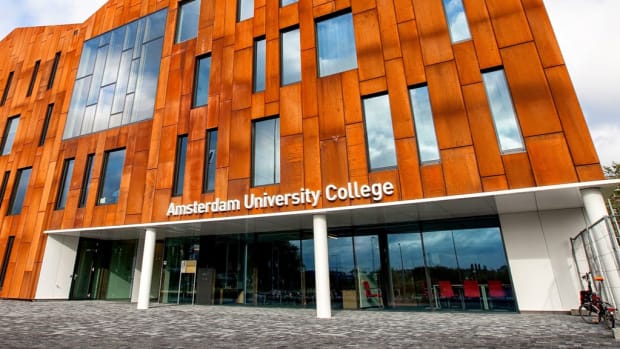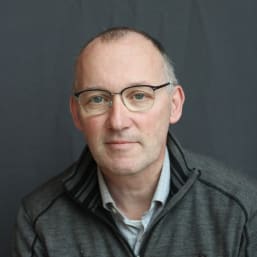
The image of a “white bastion” does not do justice to the AUC reality
In her opinion article, AUC student Thais Michon argues that diversity and inclusion are virtually non-existent at Amsterdam University College, but she links her opinion almost exclusively to skin colour. Cor Zonneveld believes this is far too narrow a perspective.
In her Folia article AUC student Thais Michon argues that diversity and inclusion are lacking at the Amsterdam University College, but she does so from a very narrow angle. Diversity is almost exclusively equated with skin color, particularly the underrepresentation of Black students. From the individual perspective of a student representing a certain minority this perception is understandable: when you belong to a small minority, it can feel as if you are constantly “the exception”. But when diversity is defined only in this way, other important dimensions remain invisible. One of these dimensions is the international composition of AUC.
Vietnamese diplomas
Students arrive with a wide range of secondary school qualifications, from the International Baccalaureate and French Baccalauréat to the Chinese Gaokao and Vietnamese diplomas. In my own class of fifty students this year, I count several students from Japan, one from Korea, one from Vietnam, students with North African roots, one from South Asia, multiple students from Eastern Europe, and several from Latin America. That reality is hard to reconcile with the claim that AUC is a homogeneous “white bastion.”
AUC also stands out in terms of gender and LGBTQ+ diversity. Roughly 1 percent of incoming students self-report as non-binary, but this almost certainly underestimates the reality: some initially register as “male” or “female,” only to feel safe enough later to express their identity differently. On campus, AUC functions as a welcoming environment and a magnet for queer and gender-diverse students – a dimension entirely missing from the article.
Conservative perspective
But not all forms of diversity are equally well represented. While AUC shows real breadth in gender and sexual identity, political and worldview differences remain largely invisible. Academically progressive perspectives are pervasive, while conservative or religiously inspired viewpoints rarely find a voice. That, too, deserves attention when discussing inclusion.
It is also important to recognize the broader context. AUC draws many students from across Europe, where populations are likewise majority white. It is therefore not surprising that this is reflected in the composition of our student body. Moreover, many students with a migration background – often encouraged by their families – tend to choose established and prestigious fields such as medicine, law, or economics.
Less privileged
A relatively new and less familiar programme like Liberal Arts and Sciences does not always match those expectations. For AUC to achieve more diversity in all its facets – cultural, social, political, gender, and ethnic – its scholarship programme will need to be further strengthened, so that students from less privileged backgrounds can also find their way here.
Diversity cannot be reduced to a single percentage or one group. AUC has shortcomings, and the experiences of students who feel underrepresented must be taken seriously. But the image of AUC as a homogeneous “white bastion” does not do justice to the reality of our community.
Cor Zonneveld is biologist and teachter at the AUC.



